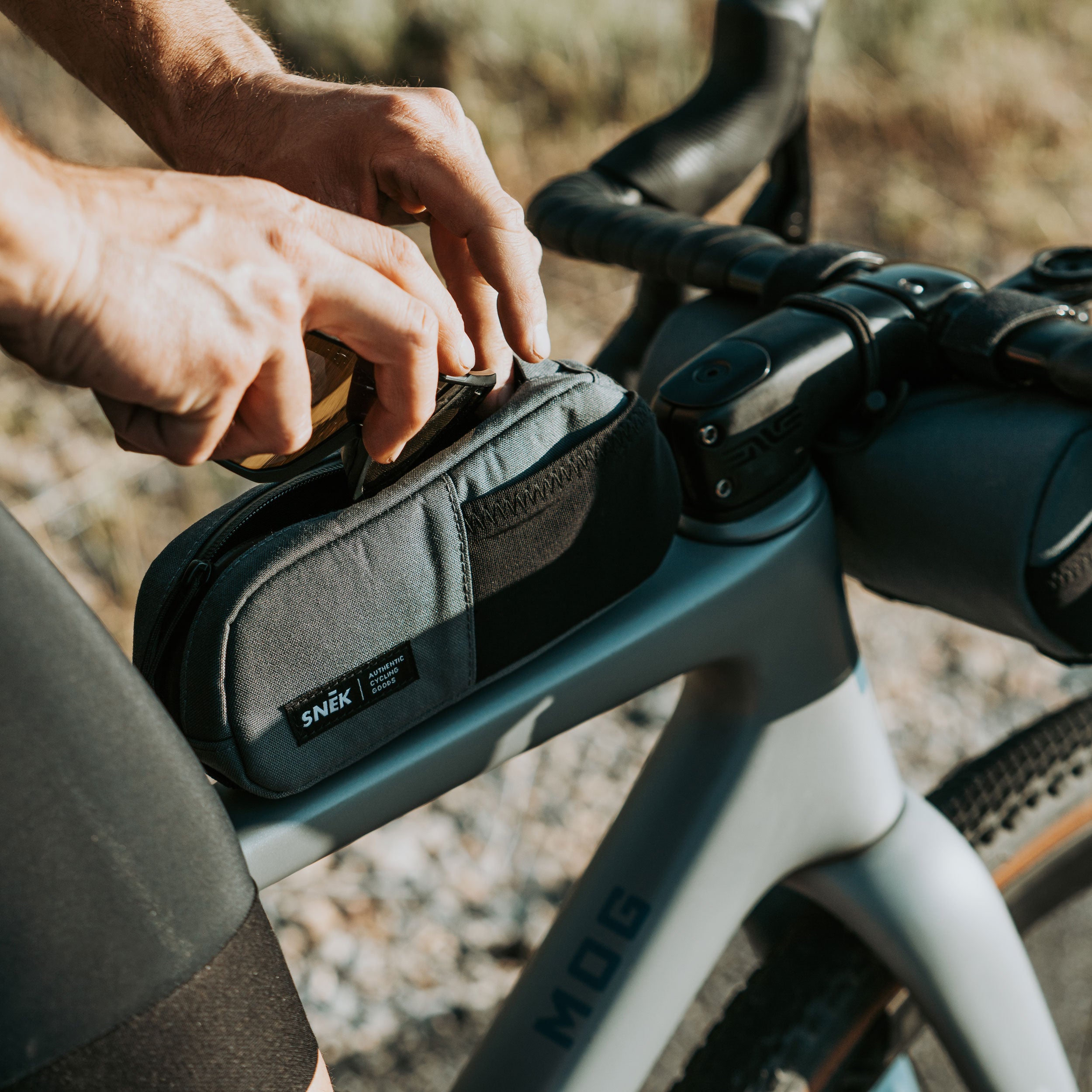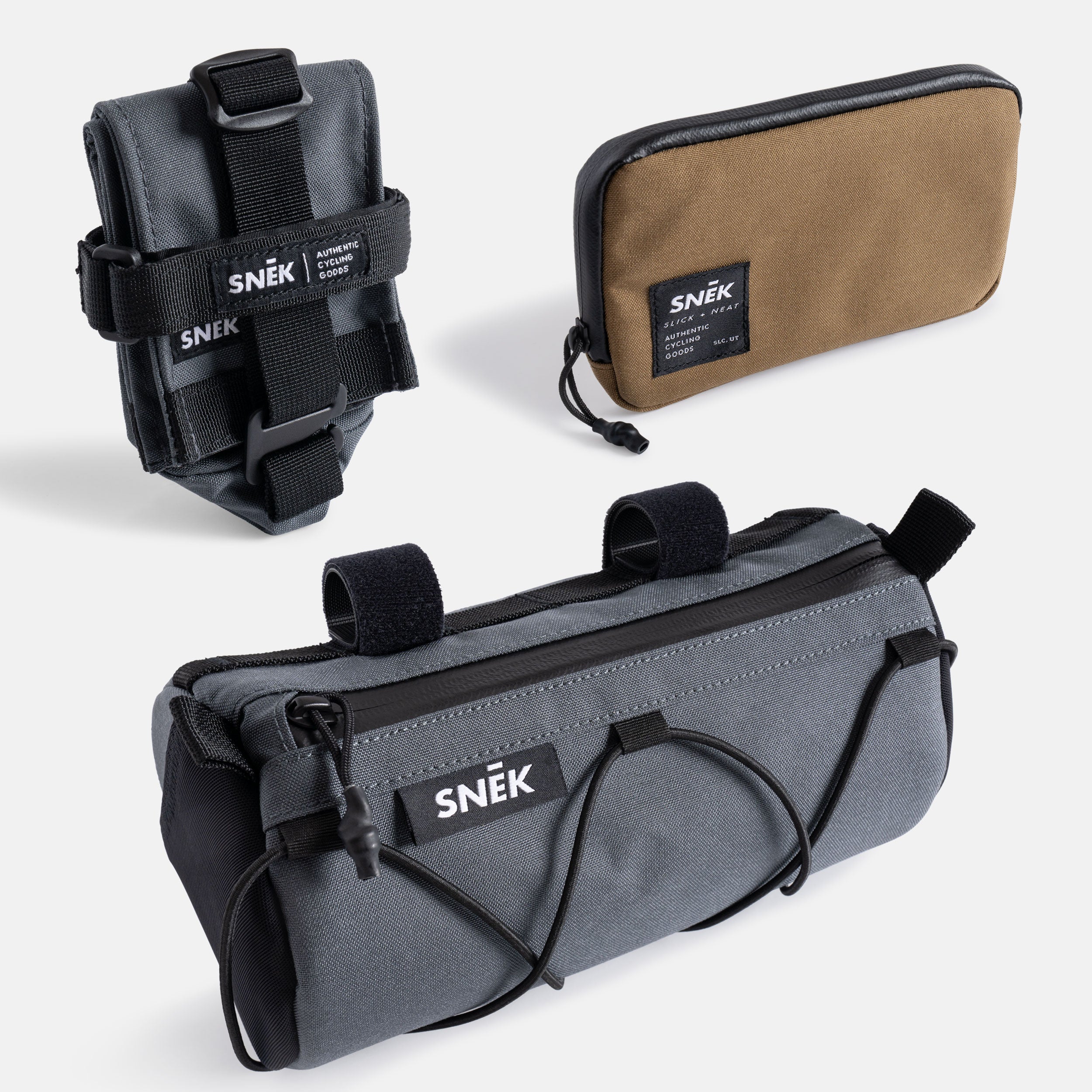Warmer temperatures have arrived here in the northern hemisphere and spring is upon us. As you get ready for the riding season, here are a few simple tips to ensure your bike is ready for the warmer spring weather.
Some of you may not have touched your bike since last fall, others may have spent hours on a trainer during winter, and some may have rode through the cold temperatures. Regardless the situation, these basic maintenance tips will help you get started this spring.
REFRESH SEALANT
Not only is this important in the spring, but throughout the year. Sealant will dry over time so check it regularly. If your bike has been sitting all winter, its likely the sealant has dried up. We recommend removing the tires to check out the situation. If there is dried up sealant, remove it, clean it, then re-install your tires. Even if sealant still exists, it's a good idea to refresh it. We recommend installing the sealant through the valve stem as it is less messy. Follow the sealant manufacturers recommendation for sealant amount based on tire volume.
For more tips on how sealant is installed, visit our post: Why You Should Regularly Check and Replace Tubeless Valve Cores. Remove any dried sealant before installing new sealant. This will ensure a fresh start and a good seal.
Remove any dried sealant before installing new sealant. This will ensure a fresh start and a good seal.
 Dried sealant comes in different forms. Photo: mtbr.com
Dried sealant comes in different forms. Photo: mtbr.com
 Install fresh sealant.
Install fresh sealant.
CHECK FOR WORN TIRES
While your tires are removed, it's not a bad time to check them for wear. With knobby tires it's pretty easy to spot when they are warn down, but slicks can be a little more tricky. To check a slick tire, inspect the center of the tread to see if it is flat or round. If it's flat, you might want to replace it. It's good to rotate tires front to rear as well. You'll find that the rear tire wears quicker than the front. Also, even though knobby tires may not look worn, make sure to check the the nobs for tearing. If many of them are torn, the tire should probably be replaced. 
 Make sure to check the tread on your knobby tires. They might not look worn, but torn knobs may warrant a replacement. This one isn't too bad, and probably doesn't need to be replaced just yet, but you'll definitely want your tread intact as you start laying down some turns this spring.
Make sure to check the tread on your knobby tires. They might not look worn, but torn knobs may warrant a replacement. This one isn't too bad, and probably doesn't need to be replaced just yet, but you'll definitely want your tread intact as you start laying down some turns this spring.
CHECK VALVE STEM CORES
While your valve cores are removed to install new sealant, check for any old sealant build up around the core. A clogged core can result in inaccurate tire pressure, tough inflation, and blocked air flow. Valve cores should be checked and replaced on a regular basis and can be purchased here. We won't go into how you remove your valve core now, but know that valve core removers come in many different forms. Ours is integrated into our Lifeboat Tire Levers for convenience. For a more in depth look at replacing valve cores, visit our post here: Why You Should Regularly Check and Replace Tubeless Valve Cores


A fresh new valve core.
CLEAN THE DRIVETRAIN
Spring cleaning doesn't end with your home or yard. Get yourself some good cleaner, degreaser, and wash off that drivetrain. You'll find that shifting and pedal efficiency will improve. Plus, it will keep your bike quiet and running smoothly.

CHECK CHAIN LENGTH
When's the last time you did this? A chain, if left unchecked, can be a costly mistake. Chains stretch over time, and if left stretched and worn for too long, they can ruin the cogs on your cassette and crank rings. By purchasing a simple chain checker tool, and replacing your chain before it's too worn, it will save you from purchasing a new cassette and chain rings, along with the new chain. You'll find that putting a new chain on worn cogs that have stretched from the old chain, result in gears skipping, and poor shifting. Do yourself a favor, check your chain this spring and periodically throughout the year. While it's tough to put a time frame on when to replace your chain, since a lot depends on rider power output and torque, its recommended to check every 750-1000 miles. When in doubt, check sooner than later. A chain is less expensive than a complete drivetrain. Here's a good video to help you understand how and when to replace your chain. How to Use the CC-3.2 and CC-2 Chain Checkers
By no means is this a complete list of bike maintenance, but these simple tips will help get you started this spring. If you find other problems with your bike upon inspection, or if it's been awhile since you've had a proper tune up, you might want to head to your local bike shop for a proper tune.



